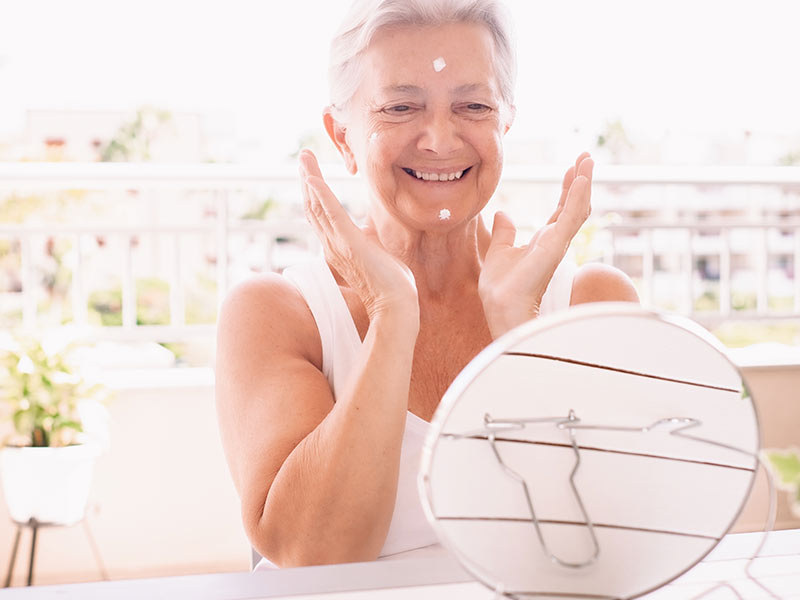Dark spot removers promise clearer, more even-toned skin, but with so many products and ingredients on the market, safety concerns are valid. From prescription-strength treatments to over-the-counter serums, understanding what’s safe for your skin—and what to watch out for—is essential before incorporating any dark spot remover into your routine. Here’s everything you need to know about using these products safely and effectively.
Most Dark Spot Removers Are Safe When Used Correctly
The good news is that most dark spot removers available today are safe for the majority of users when used as directed. Ingredients like vitamin C, niacinamide, and alpha hydroxy acids have extensive safety profiles backed by decades of research. These ingredients have been tested in clinical settings and are approved for cosmetic use by regulatory bodies.
However, “safe” doesn’t mean without side effects. Even well-tolerated ingredients can cause reactions if used incorrectly, in too-high concentrations, or on skin that’s particularly sensitive. The key to safety lies in understanding your skin type, starting slowly, and following product instructions carefully.
Understanding Potential Side Effects
Different ingredients come with different side effect profiles. Retinoids, while highly effective, commonly cause dryness, peeling, and increased sun sensitivity, especially when you first start using them. Alpha hydroxy acids can cause tingling, redness, and temporary irritation as your skin adjusts. Vitamin C in high concentrations may cause stinging or irritation, particularly in sensitive skin types.
These side effects are typically mild and temporary, improving as your skin builds tolerance. However, persistent burning, severe redness, blistering, or worsening hyperpigmentation signals that a product isn’t right for you and should be discontinued immediately.
The Hydroquinone Controversy
Hydroquinone deserves special attention due to ongoing safety debates. While it remains one of the most effective ingredients for treating hyperpigmentation, concerns have emerged about potential long-term effects. In rare cases, extended use of high-concentration hydroquinone has been linked to ochronosis, a paradoxical darkening of the skin.
Many dermatologists still consider hydroquinone safe for short-term use under medical supervision, typically recommending breaks after three to four months of continuous use. Some countries have restricted or banned its use in over-the-counter products. If you’re considering hydroquinone, consult with a dermatologist to determine if it’s appropriate for your situation and how to use it safely.
Sun Protection: The Non-Negotiable Safety Step
Perhaps the most critical safety consideration when using dark spot removers is sun protection. Many effective ingredients—particularly retinoids and acids—increase your skin’s photosensitivity, making you more vulnerable to sun damage and potentially worsening hyperpigmentation.
Using a broad-spectrum sunscreen with at least SPF 30 daily isn’t optional; it’s essential for both safety and results. Without adequate sun protection, you risk undoing any progress and potentially causing new dark spots or even burns. Reapply throughout the day, especially if you’re spending time outdoors.
Pregnancy and Breastfeeding Precautions
If you’re pregnant or breastfeeding, extra caution is warranted. Certain ingredients commonly found in dark spot removers should be avoided during this time. Retinoids, including prescription tretinoin and over-the-counter retinol, are not recommended during pregnancy due to potential risks to fetal development.
Hydroquinone is also typically avoided during pregnancy and breastfeeding, though evidence of harm is limited. Safer alternatives include azelaic acid, vitamin C, and niacinamide, which are generally considered safe for use during pregnancy. Always consult your healthcare provider before starting any new skincare product when pregnant or nursing.
Patch Testing: Your First Line of Defense
Before applying any new dark spot remover to your entire face, perform a patch test. Apply a small amount to an inconspicuous area like behind your ear or on your inner forearm and wait 24 to 48 hours to check for adverse reactions. This simple step can prevent widespread irritation, allergic reactions, or damage to your skin.
Patch testing is particularly important if you have sensitive skin, a history of allergies, or are trying a product with high concentrations of active ingredients.
Combining Products Safely
Many women use multiple products in their skincare routines, but not all ingredients play well together. Combining certain acids with retinoids, for example, can cause excessive irritation and compromise your skin barrier. Using vitamin C and niacinamide together was once thought problematic, though recent research suggests they’re safe to combine.
Start with one new product at a time, spacing introductions at least two weeks apart. This approach helps you identify which product causes problems if irritation occurs. When in doubt, consult with a dermatologist about which combinations are safe for your skin.
Quality Matters for Safety
Not all dark spot removers are created equal. Products from reputable brands that follow good manufacturing practices and conduct safety testing are more likely to be both safe and effective. Be wary of unregulated products, particularly those purchased from unknown online retailers or products making unrealistic claims.
Look for products that list ingredients clearly, provide usage instructions, and ideally have dermatologist backing or clinical testing data.
When to Seek Professional Guidance
While many dark spot removers are safe for at-home use, certain situations warrant professional consultation. If you have severe hyperpigmentation, underlying skin conditions like melasma, or if over-the-counter products haven’t worked after several months, a dermatologist can provide prescription-strength treatments and personalized guidance.
Additionally, if you experience persistent adverse reactions, skin that becomes increasingly sensitive, or any signs of infection, seek professional medical advice promptly.
The Bottom Line on Safety
Dark spot removers are generally safe when chosen wisely and used correctly. Understanding ingredients, starting with lower concentrations, protecting your skin from the sun, and listening to your skin’s signals are the foundations of safe use. Remember that patience is part of the safety equation—rushing results by overusing products or combining too many aggressive ingredients often backfires, causing more harm than good. With informed choices and careful use, you can safely work toward clearer, more radiant skin.

